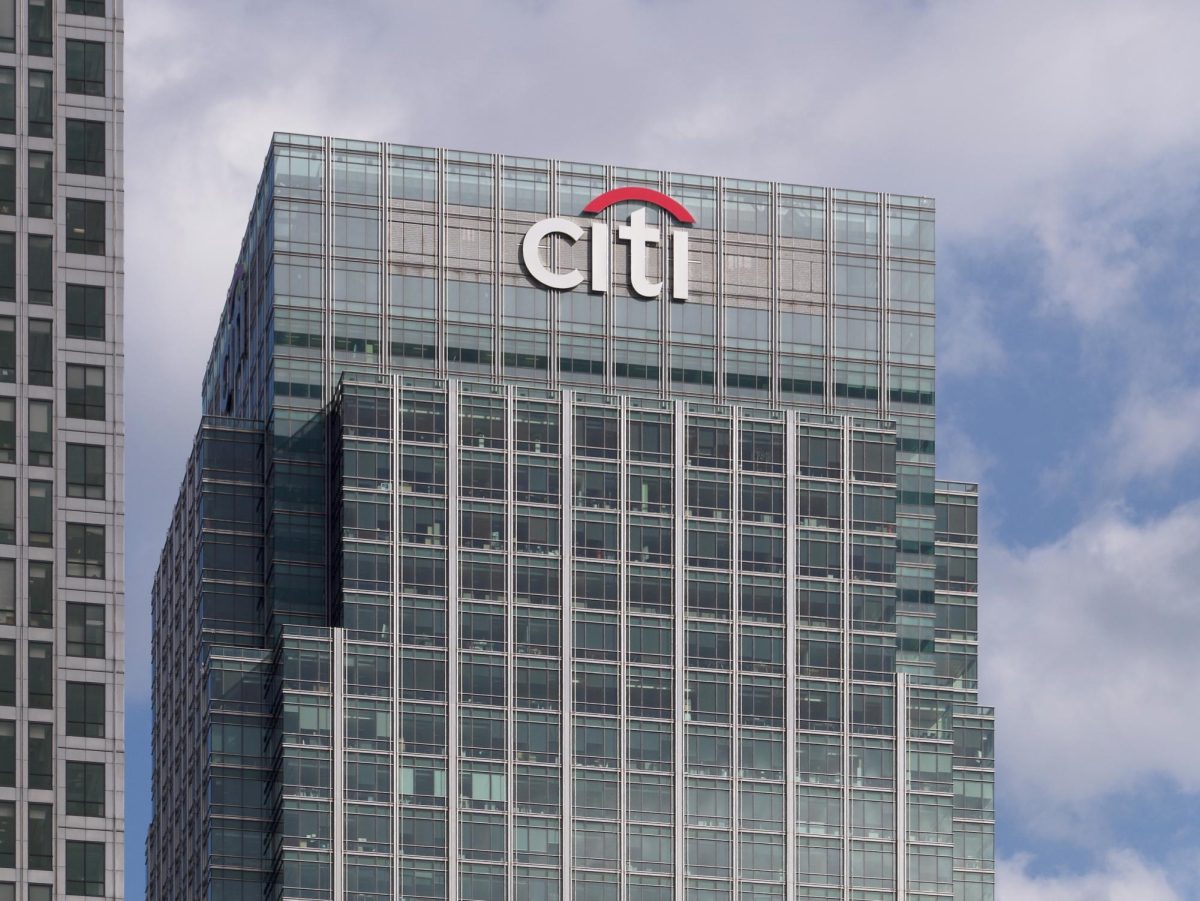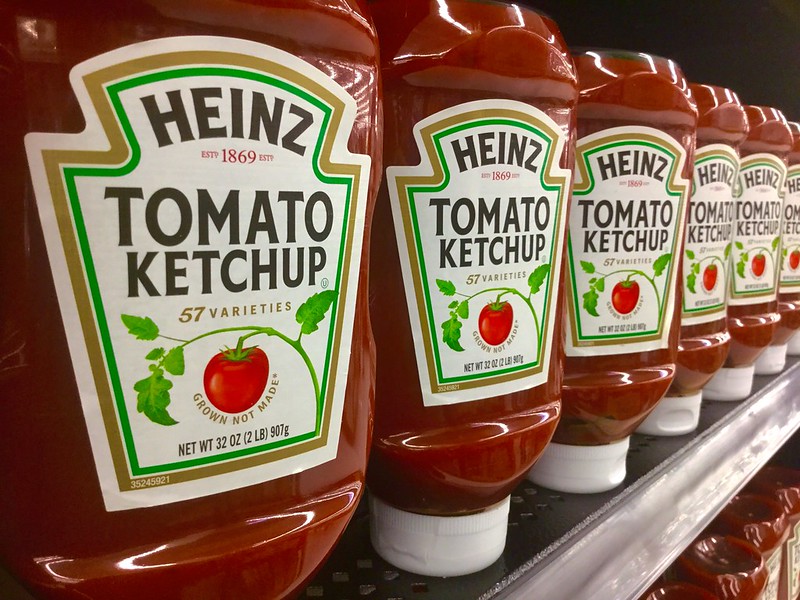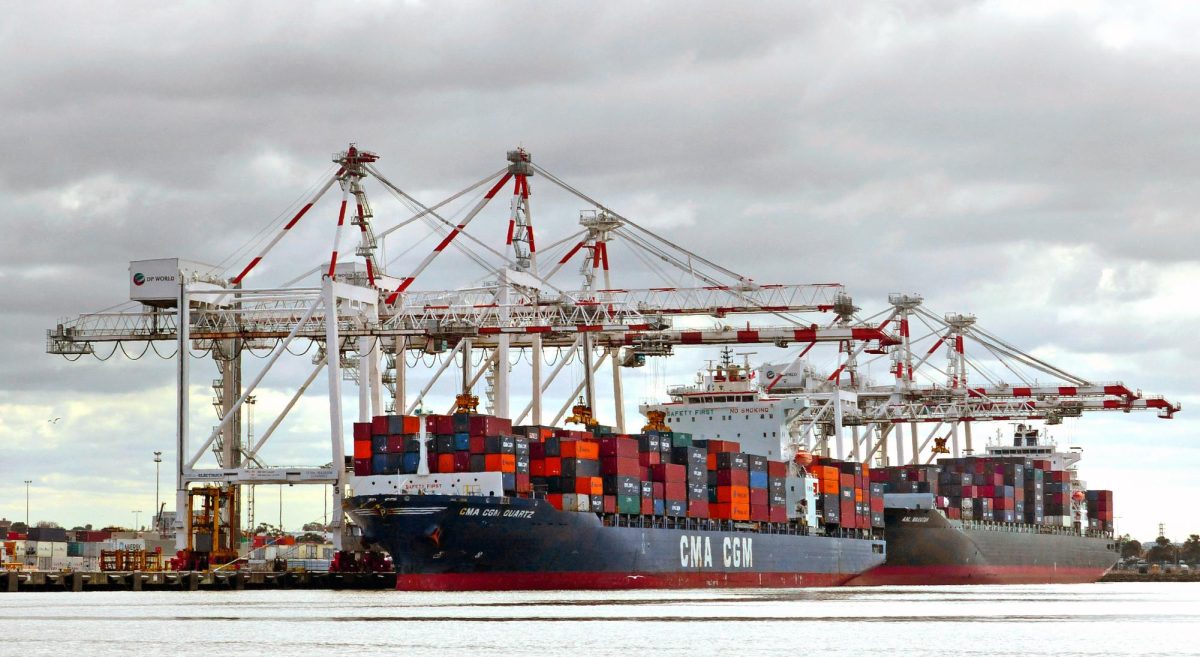Smarter vehicles and the adoption of blockchain within industrial companies have been the highlight of the tech industry in the past week.
Infotainment systems are now a major focus of automakers, who are introducing bigger screens with more digital options — from navigational tools to music choices — in their cars.
Ford Motor Co. was the latest to debut a large screen display at the Los Angeles Auto Show, with the new all-electric Mustang Mach-E SUV model including a 15.5-inch touch screen. The screen size is second only to Tesla Inc.’s 17-inch panel, introduced in 2012 on the Model S sedan.
More and more automakers are jumping onto the trend, with Fiat Chrysler, Toyota Motor Corp. and BMW AG all rolling out models with display screens measuring at least 12 inches diagonally.
The growth in infotainment systems in the past year has hit nearly 75%, with production of vehicles having an average display screen of 7 or more inches inside increasing to 10.9 million, up from 6.3 million at the start of 2019, according to IHS Markit.
Moving forward, it is likely the National Highway Traffic Safety Administration will be issuing more regulations on infotainment systems within cars in order to prevent drivers from being distracted by unnecessary digital features.
The agency is currently in the process of testing how companies comply with their guidelines and are ready to update them if needed, according to a NHTSA spokesman.
Concurrent with the rise of infotainment is the buildup of the autonomous vehicle. These vehicles combine a variety of sensors to map their environment, including radar, lidar, sonar, GPS, odometry and inertial measurement units.
Advanced systems have sensory information to identify appropriate navigation paths, as well as obstacles and relevant street signs, such as stop signs.
Elon Musk, the CEO of Tesla, expects a completely autonomous vehicle to be finished by the end of 2020, with semi-autonomous features such as automated lane-changing and braking becoming standard in next generation vehicles.
Musk recently unveiled Tesla’s Cybertruck, which, while not an autonomous vehicle, is a revolutionary electric truck characterized by sharp angles and bulletproof windows.
When the company’s chief of design hurled a steel ball at the truck’s windows, however, the glass shattered. Shares of Tesla fell 6.1% the next day.
On another note, blockchain and 3D printing are now being combined in order to build parts for industrial companies.
One of the first companies to test this new method is aircraft-component maker Moog Inc.
The company is currently testing a breakthrough method of using blockchain and 3D printing to speed up the replacement of aircraft parts from several weeks to a few hours.
Moog’s chief technology officer, George Small, addressed the new technology as, “Just trying to identify what all the inefficiencies are in the existing supply chains and then offer opportunities for improvement.”
The usage of blockchain cuts down on what was once a bureaucratic paper trail, and allows buyers to locate parts and buy them immediately.
It also allows for material information, such as specific plastics or metals, to be immediately redirected to the relevant 3D printer.
Other industrial companies are hopping on the trend, such as Honeywell International Inc., which has introduced a blockchain-based online marketplace to let buyers and sellers trade aerospace components internationally and in real time.
As technology is further embedded into companies across different industries, inefficiencies are being cut down at a rapid rate.
However, that pace is likely to see a slowdown in the coming months as regulation catches up with the technology.







